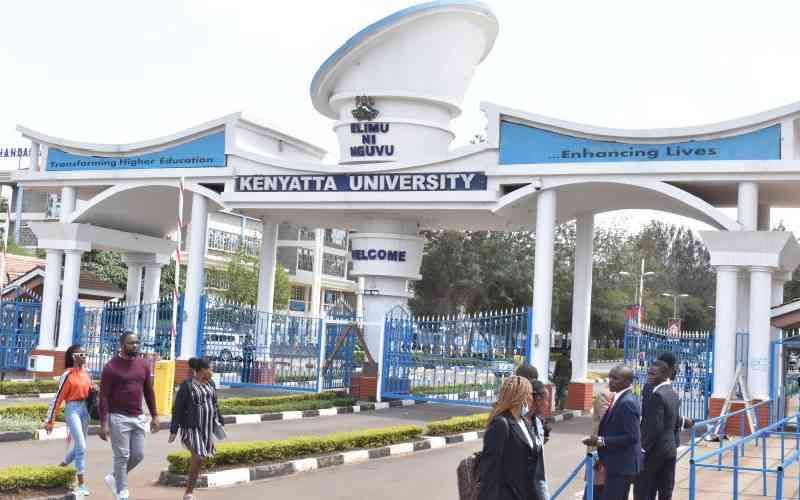×
The Standard e-Paper
Kenya's Bold Newspaper

When two professors separated by a stone fence differ, the consequences can be devastating.
A fight between the head of Kenyatta University and his former boss chairing the board of the Kenya University Teaching Referral and Research Hospital is jeopardising the fate of about 2,000 students pursuing medicine courses.